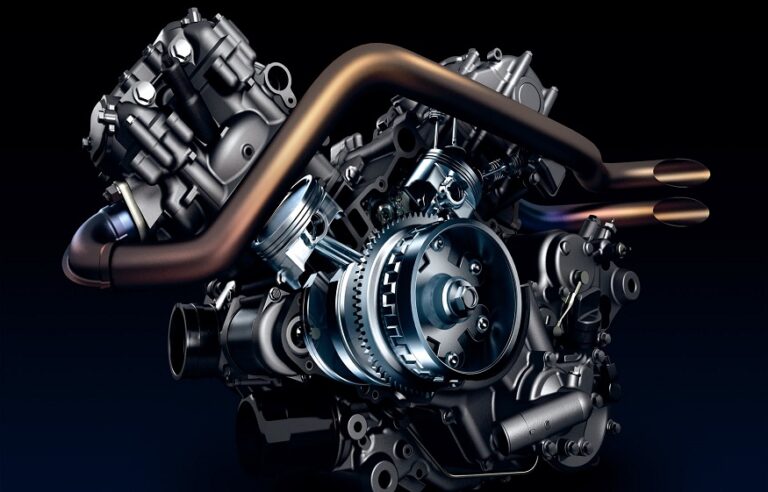Automobile safety features have undergone a huge transformation over the years. These tools have started to reflect advancements in technology. These also show a growing commitment to enhancing road safety. As technology continues to evolve, car manufacturers are continually introducing innovative safety features to protect drivers, passengers, and pedestrians alike.
Jeff Lupient has been running a successful automobile company for a long time. Jeff encourages people to check the safety features of a vehicle before making any purchase decision.
What are Automobile Safety Features?
Automobile safety features are designed to minimize the risk of accidents and injuries while driving. These features can vary widely, ranging from basic elements such as seat belts and airbags to more advanced technologies like collision avoidance systems and lane departure warnings. The goal is to create a comprehensive safety net that protects vehicle occupants, pedestrians, and other drivers on the road.
Evolution of Automobile Safety Features:
Vehicle safety features have been through a massive transformation. What emerged as a humble seat belt has changed into technically advanced tools. Modern safety features are more than preventing getting slammed against the windshield. These are tools to prevent serious injuries and make people feel safe. Moving from seat belts and anti-locks vehicle safety features have created a revolution. Here are some safety features to consider.
- Collision Avoidance Systems: Recent years have seen the emergence of sophisticated collision avoidance systems, including forward collision warning, automatic emergency braking, and adaptive cruise control. These systems leverage sensors and cameras to detect potential collisions and either warn the driver or intervene autonomously to prevent or mitigate the impact.
- Lane Departure Warning and Lane-Keeping Assist: To combat the dangers of lane departure, modern cars are equipped with lane departure warning systems and lane-keeping assist features. These technologies use cameras to monitor lane markings and provide alerts or steering assistance if the vehicle unintentionally drifts out of its lane.
What to Look for in Safety Features When Buying a Car:
- Advanced Driver Assistance Systems: Check for features like adaptive cruise control, lane-keeping assist, and automatic emergency braking. These systems enhance overall safety by actively assisting the driver in various situations.
- Crash Test Ratings: Refer to crash test ratings from organizations such as the National Highway Traffic Safety Administration and the Insurance Institute for Highway Safety. High ratings indicate a vehicle’s ability to protect occupants in different crash scenarios.
- Blind Spot Detection and Rearview Cameras: These features are invaluable for avoiding collisions while changing lanes or reversing. Blind spot detection warns drivers of vehicles in their blind spots, while rearview cameras provide a clear view of the area behind the car.
- Traction and Stability Control: Ensure the vehicle is equipped with traction control and electronic stability control, which are crucial for maintaining control during adverse driving conditions.
As technology continues to advance, automobile safety features play an increasingly vital role in preventing accidents and protecting lives says Jeff Lupient. When considering the purchase of a new car, it is crucial to prioritize vehicles equipped with the latest safety technologies. By staying informed and making safety a priority, consumers can contribute to a safer experience for everyone on the road.Top of Form












+ There are no comments
Add yours